JONATHAN BINET 200020
21 Nov – 19 Dec 2020 at Berthold Pott, Cologne
Exhibition text by Devrim Bayar (Wiels) please scroll downwards!

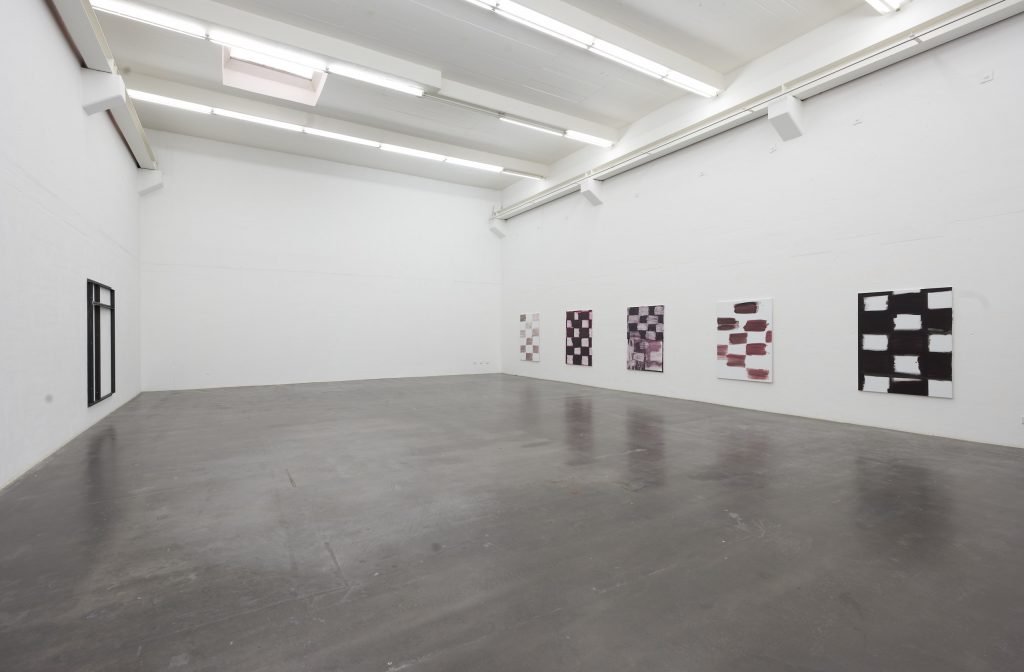

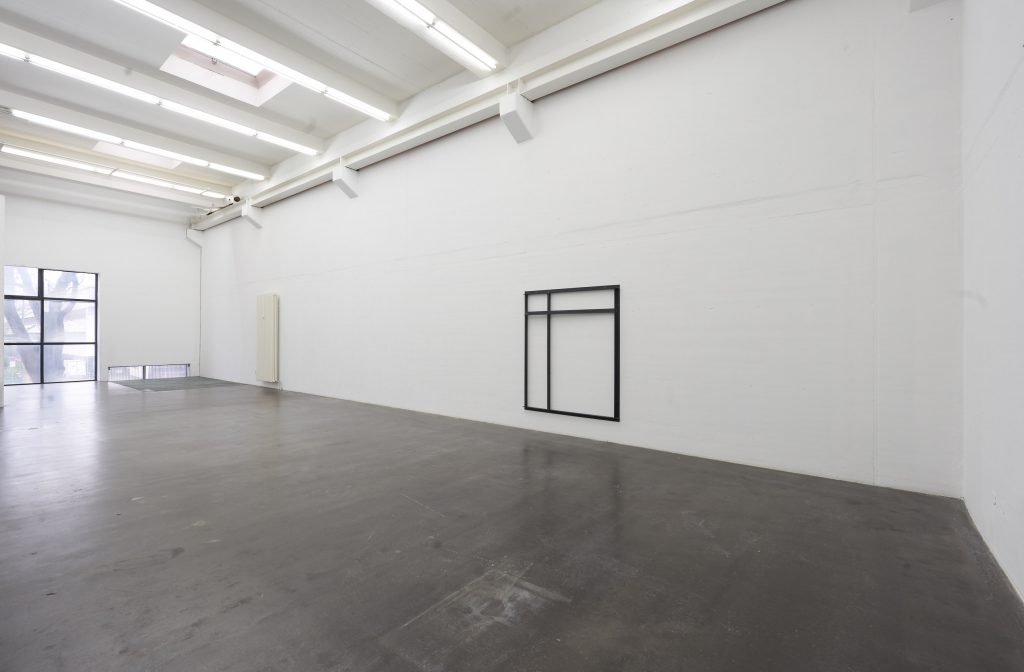
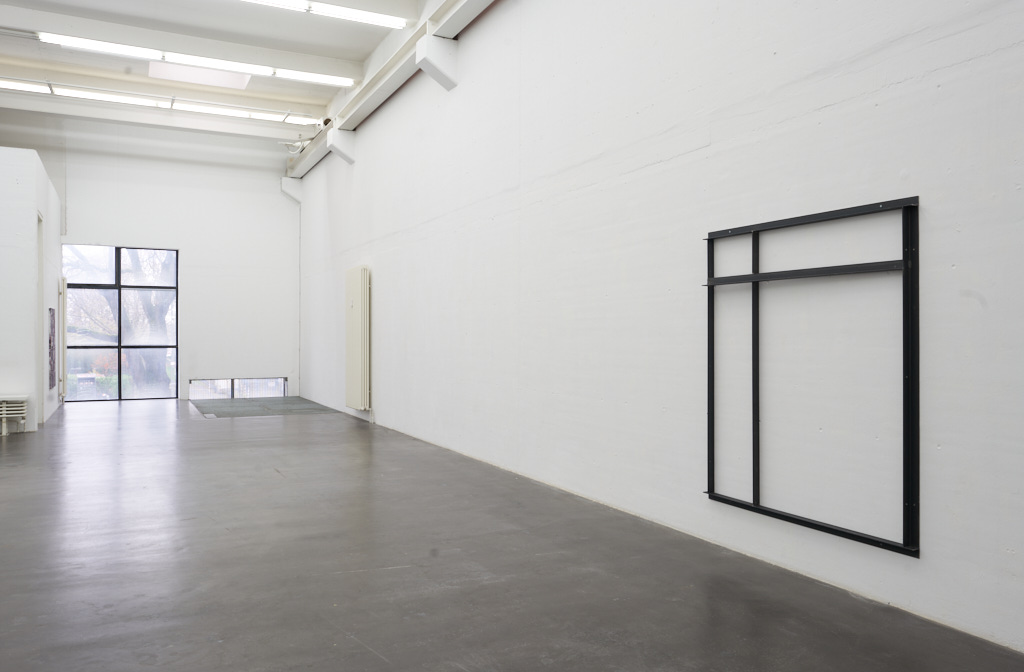

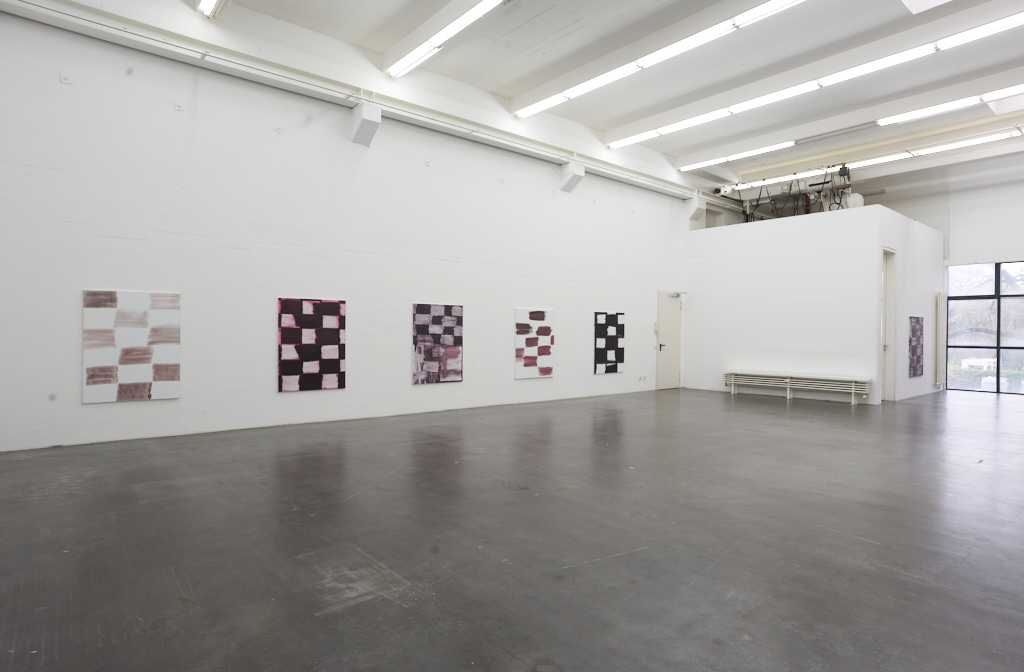
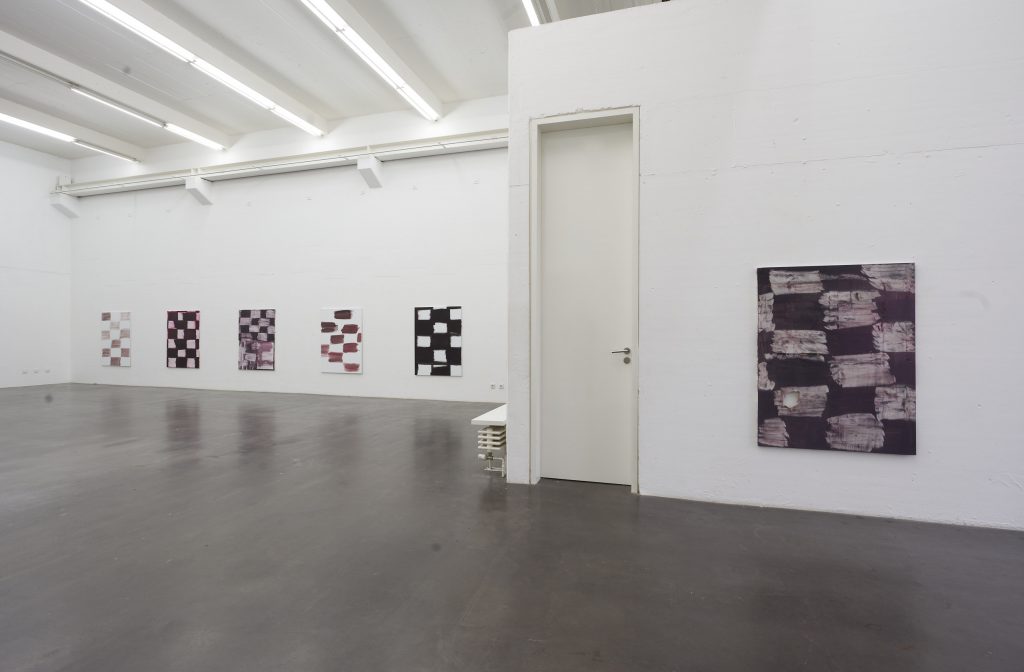
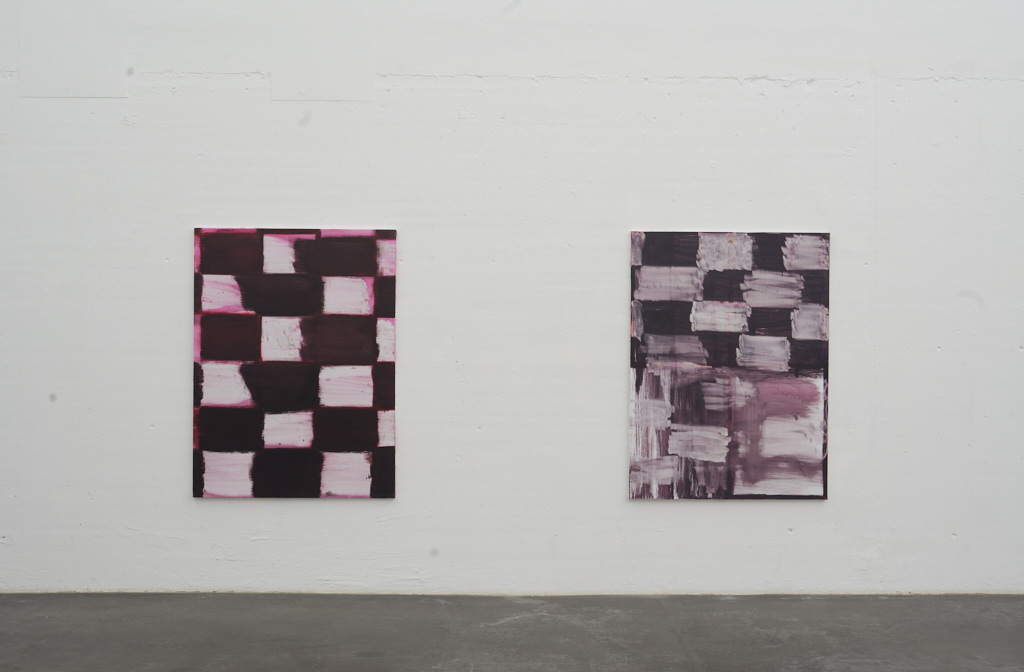

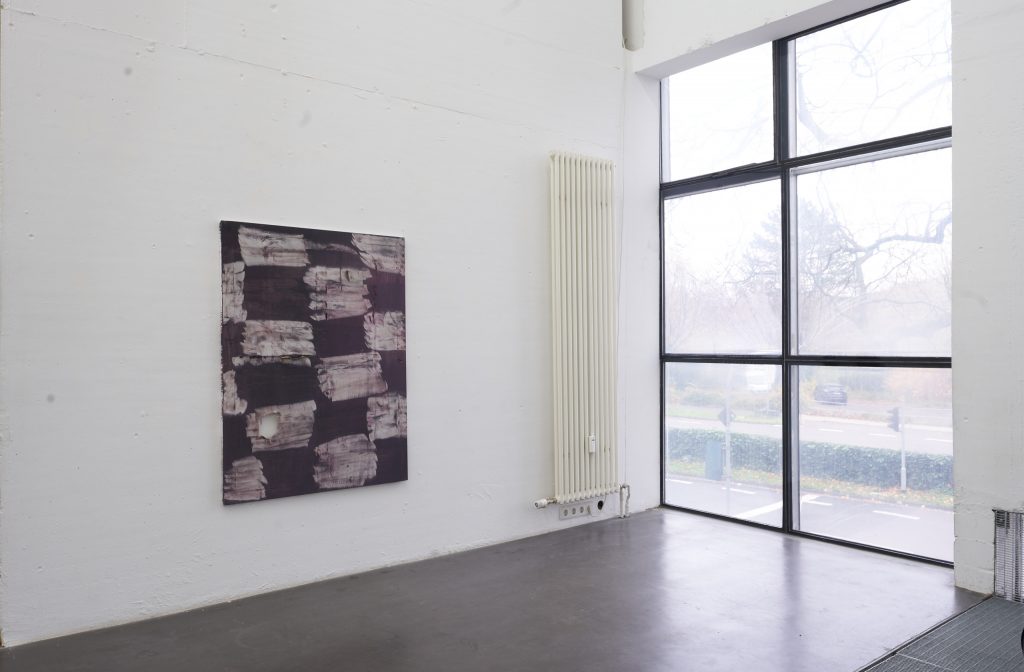
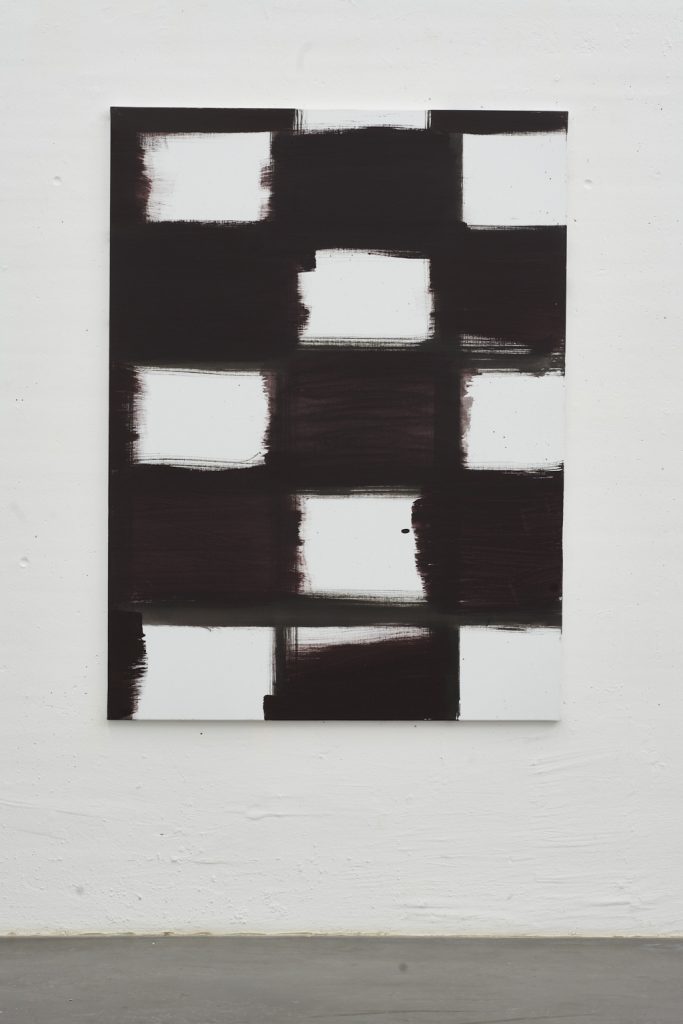
chinese ink and grinder tool on canvas
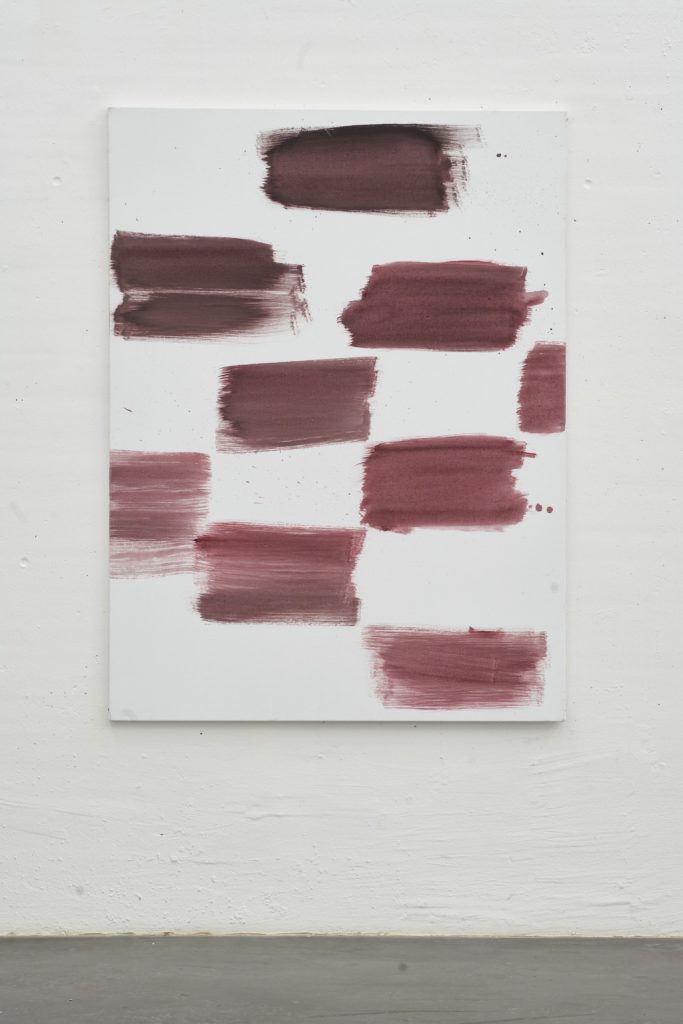
chinese ink and grinder tool on canvas
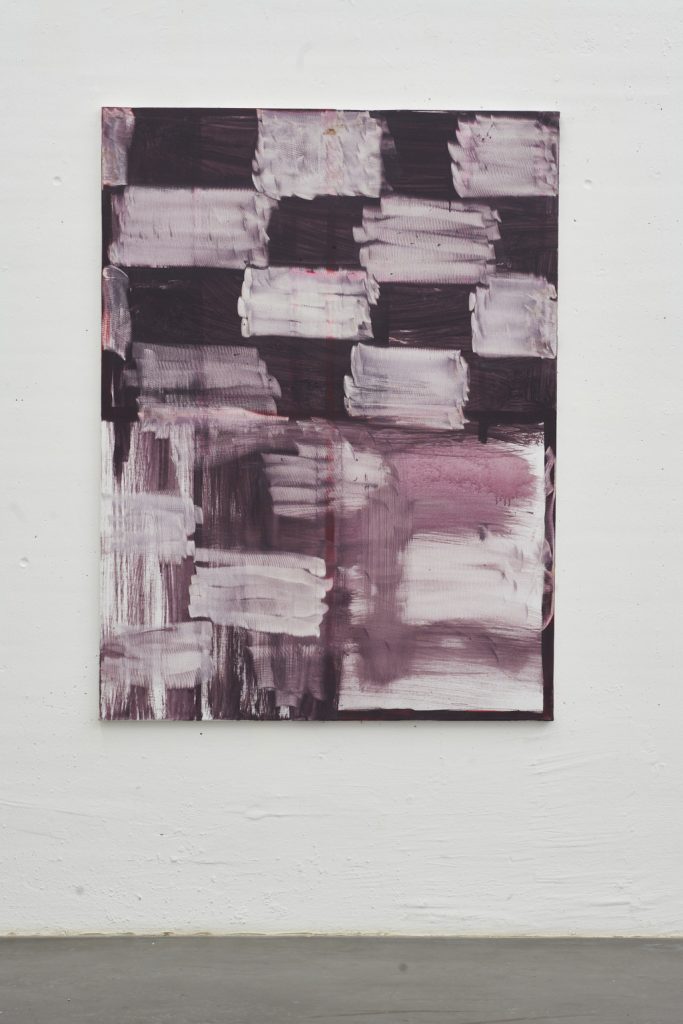
chinese ink and grinder tool on canvas
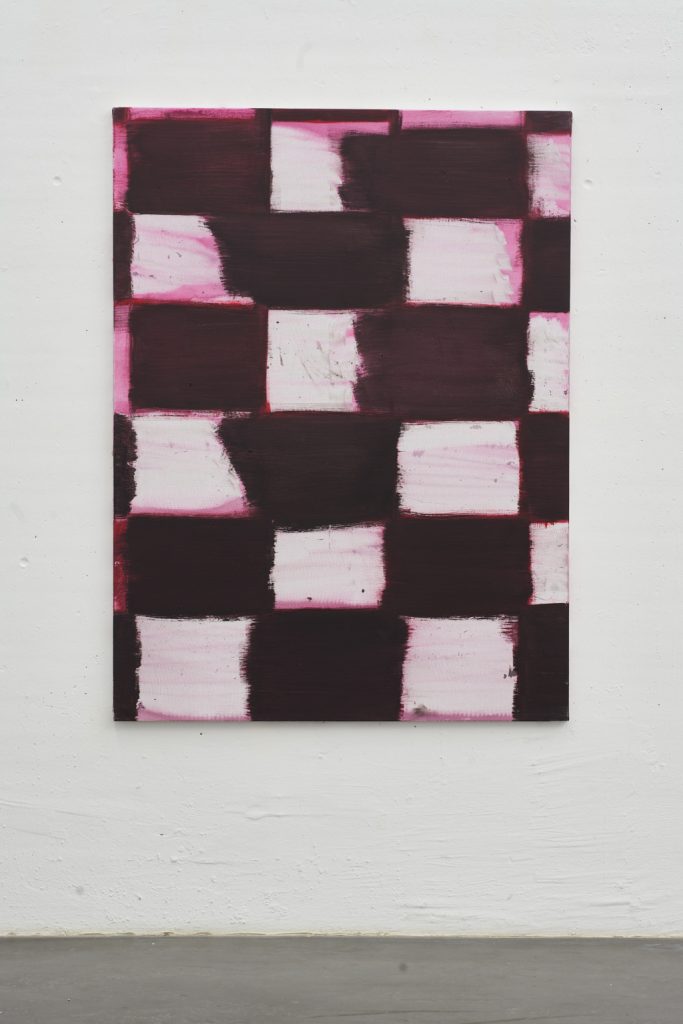
chinese ink and grinder tool on canvas

chinese ink and grinder tool on canvas
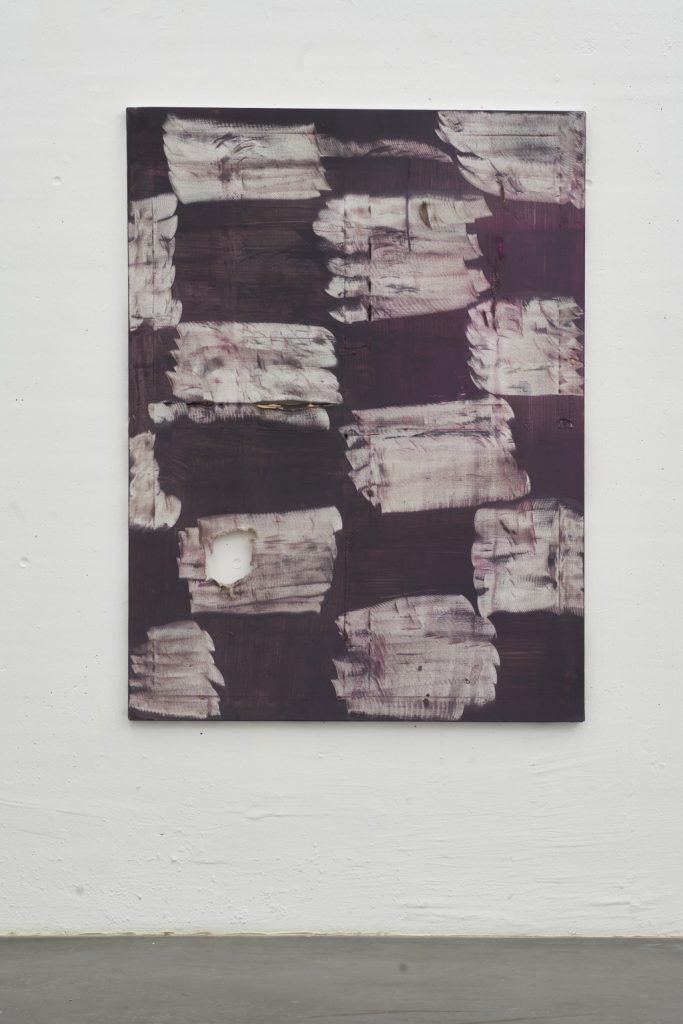
chinese ink and grinder tool on canvas
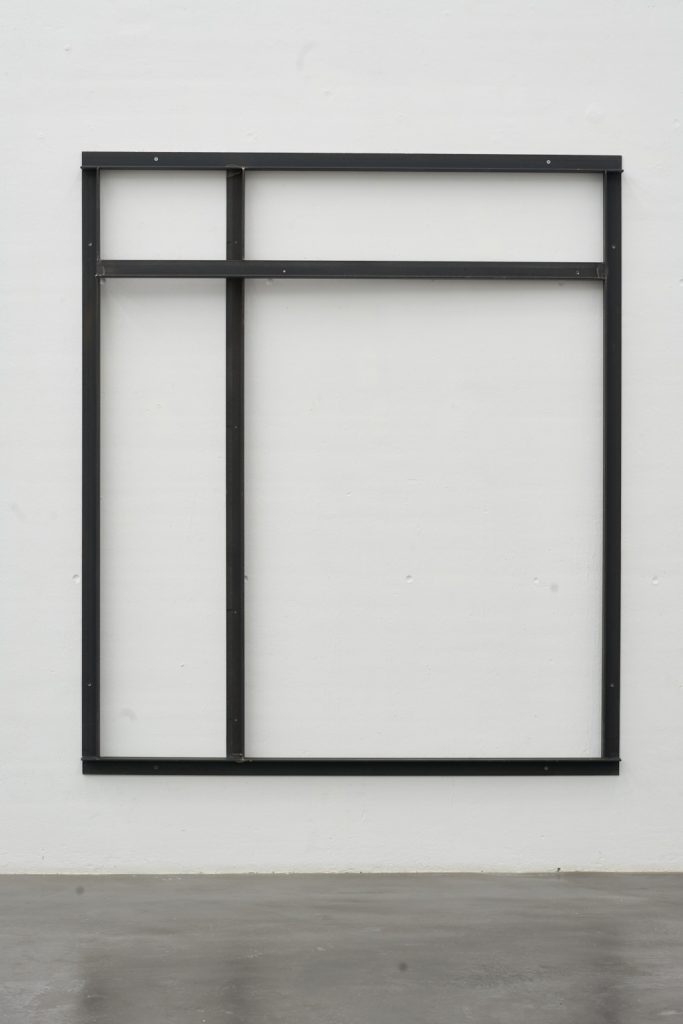

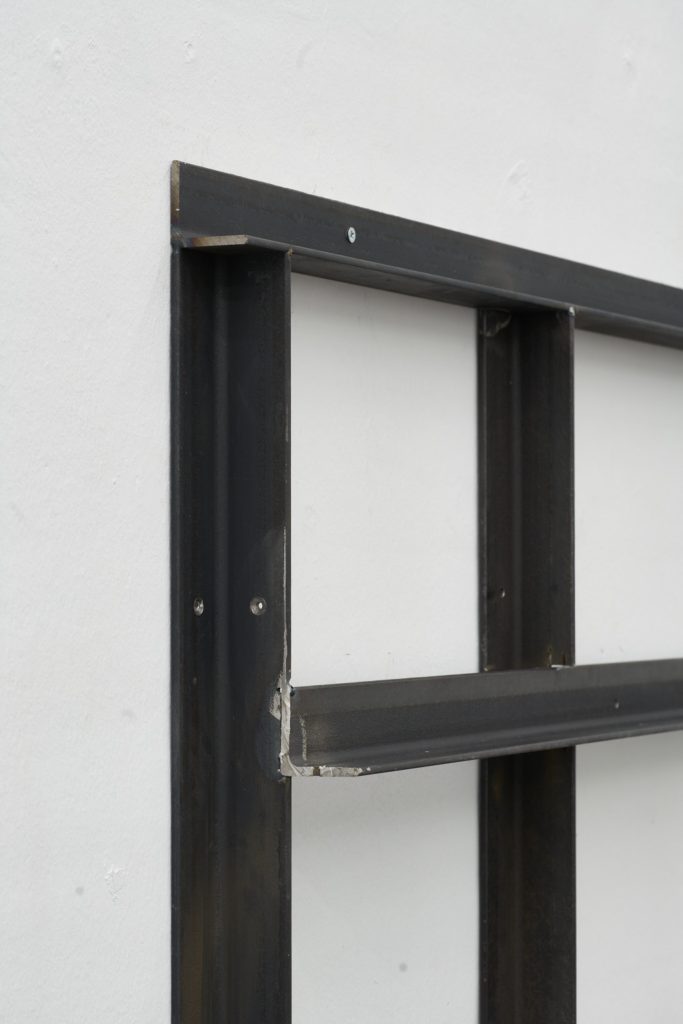
Exhibition Text
(by Devrim Bayar, museum WIELS)
“Don’t start with the good old things but with the bad new ones.”
—Georges Brecht
What and how to paint in the face of crisis? The question is not new, and painting is probably the artistic medium that has had to endure the most setbacks. From its death foretold by the emergence of new media to its discredit as commodity and accomplice of the market, and through the varying critical tendencies that have relegated it to the back scene of debates, painting is not dealing with its first debacle. Today, painting is trying to make sense against the background of a paralyzed world dominated by virtual experience: distanced and uncontaminated.
The works that Jonathan Binet is showing at the Berthold Pott gallery were produced in this “new normal.” Confronted by the sudden complications generated by the pandemic, Binet took to the studio with a new attitude, defined by a return to basics. He stopped making his own frames and started buying pre-mounted canvases with standard dimensions; moreover, he opted for a reduced color palette and a repetitive gesture, which strengthened the serial character of the whole. Still, far from freezing the work, these basic coordinates delineated a field open to experimentation and play. In this respect, the checkerboard that appears in many of the paintings is by no means innocent. Shaved with a scraper, the pattern touches hands with a long artistic tradition that stretches from Dada to the modernist obsession with the grid and appropriation art. It evokes the notion of strategy and reminds us that the artistic act sometimes resembles a chess game, in which an economy of means allows for a nearly infinite permutation of plays to be made and unmade. But while the checkerboard is a normed and mass-reproduced image—that is how it appears in Sherrie Levine’s Checkerboards for instance—with Jonathan Binet, it becomes a stage for the articulation of doubts and intuitions, accidents and premeditations, failures and successes.
“Pay Attention Mother Fuckers,” Bruce Nauman ordered in 1973, and Jonathan Binet is rearticulating that command almost fifty years later, at a time when the economy of attention is collapsing. No safe distance is possible here. You have to get up close to the work. The successive layers, the vibrations, the echoes, the rhythms… There are innumerable surprises, and they overflow the frame. Jonathan Binet is a good high jumper, and in the past, he’s been known to surpass the bar set by the frames to paint beyond them. The movements are more sustained on the canvases, but the contamination is just as palpable. Nothing in his compositions is ever clearly delimited. The lines vacillate, they contradict and interrupt each other. The surfaces are uneven, whittled down until they are worn. The imperfect and sometimes incomplete aspect of his abstract compositions, which intimate a seriality that never fully imposes itself, refers instead to a form of autonomy, a way out. Because, when all is said and done, is it not our incoherencies that allow us to remain free?
Pursuing his paradoxical quest for the unpredictable, which often has recourse to posteriori justifications, Jonathan Binet is proposing a series of new works which succeed one another like a conjugation. Although the conditions of appearance, in which a certain repetition makes itself felt, have been simplified, the artist deploys a new creative energy in these works. The exaltation is tangible. Between doing and undoing, action and reaction, the pictorial compositions dovetail and offer as many answers as they raise new questions. The way the paintings are arranged in the space provokes additional tensions and ruptures. White—whether that of the walls or of the paintings—plays an essential role in this regard. It creates intervals, but it also invites the mental and visual projections of the visitors, since, as the saying goes, it takes two to tango. Indeed, our active presence is solicited from the minute we walk into the exhibition. Jonathan Binet is inviting us to play his game, perhaps to share with us one of the lessons rendered evident in his work: Today’s errors are tomorrow’s starting points.
Jonathan Binet: Born 1985, lives and works in Paris. Selected Solo Exhibitions:
Palais de Tokyo, Paris, France // Palais de Terre, Paris, France // Bonner Kunstverein, Bonn, Germany // Carl Kostyal, London, UK // Kunsthalle Sankt Gallen, CH (duo with Sonia Kacem) // Art Basel Statements, Basel, CH // Gaudel da Stampa, Paris, France // Berthold Pott Cologne, Germany // BaliceHertling, Paris, France // Galeria Alegria, Madrid, Spain (upcoming)